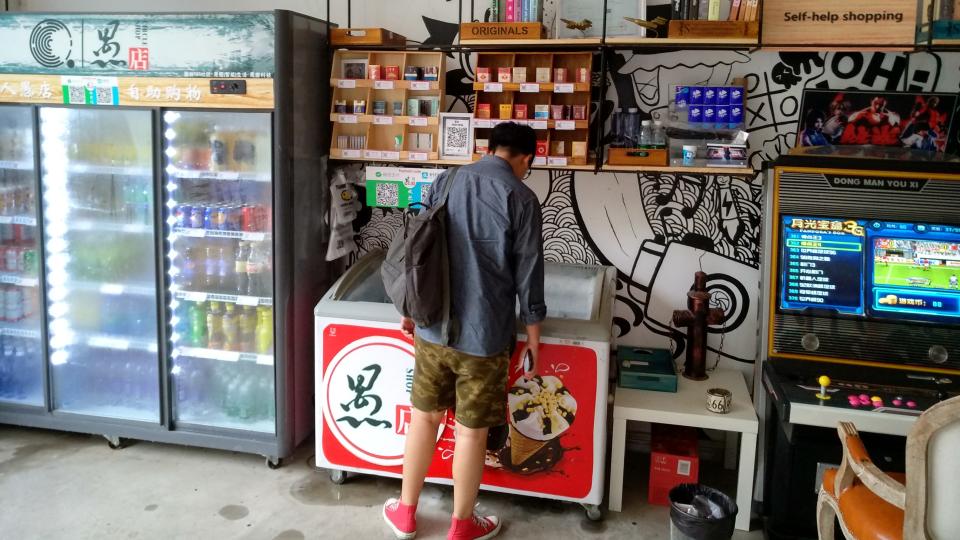China’s total annual social consumption is expected to hit 50 trillion yuan (US$ 7.5 trillion) by 2020. But the rate would be even higher if companies better understood the needs of consumers and helped them make more efficient purchasing decisions. So says Kuang Xianming, head of economics at the Hainan-based China Institute for Reform and Development, in a blog post for Caixin. 'New retailing' – that is, the use of new technologies that are far more efficient than traditional retailing to improve the distribution of commodities – will play a key role.
The traditional retail model sees one agent interact with multiple levels of wholesalers, driving up costs. Take a packet of instant noodles. The ex-factory price may be a few cents, but they will be sold to consumers for a dollar. In comparison, Kuang says, new retailing will slash costs from producers to consumers.
Drawing on new technologies, big data and improved decision-making methods, new retailing will restructure the “people-goods-market” model by removing the middleman, Kuang says. Furthermore, big data and machine learning will help companies to better understand consumer behaviour and preferences, assisting with sales, and improving their inventories.
Consumers won’t be overwhelmed by high volumes of marketing information as they are in the traditional model. Currently, they spend a great deal of time, energy and even money making their decisions. But big data means purchases, evaluation indexes, seller quality ratings and user experience reviews can be calculated into algorithms that will help deliver personalised recommendations to consumers, greatly reducing such costs, Kuang says.

 Old Version
Old Version